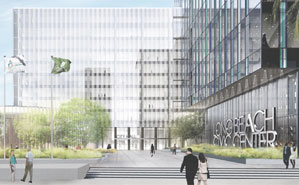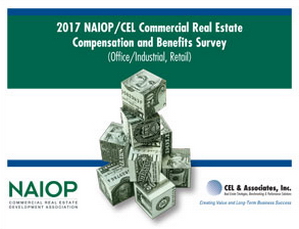Posted on October 25, 2017
By: James M. Mulligan
 Public-private partnerships are emerging as a mechanism that marries the funding of public facilities like courthouses, libraries, government offices and more with private commercial development.
Public-private partnerships are emerging as a mechanism that marries the funding of public facilities like courthouses, libraries, government offices and more with private commercial development.
From its earliest colonial days to its reign today as the world’s largest economy, the U.S. has seen tremendous evolution in how it develops its infrastructure: from the bones of its communities to connections between its population centers, to the very buildings it constructs to serve public needs. Approaches to financing and delivering the nation’s infrastructure are more dynamic now than ever, with a renewed focus on how both the public and private sectors can contribute to infrastructure development.
This article explores the nature of public-private infrastructure partnerships and highlights changing opportunities for private commercial developers in providing the infrastructure that U.S. communities depend on for continued economic growth.







 Is your 2018 salary and bonus package competitive? Find out with the 2017 NAIOP/CEL Commercial Real Estate Compensation and Benefits Reports.
Is your 2018 salary and bonus package competitive? Find out with the 2017 NAIOP/CEL Commercial Real Estate Compensation and Benefits Reports.
 What do office and retail property owners need to know about triple net leases?
What do office and retail property owners need to know about triple net leases? Millennials, Gen-Xers and baby boomers have distinct demographic profiles and approach jobs, debt and their living situations differently, Pew Research Center senior researcher Richard Fry, Ph.D., tells GlobeSt.com. Fry will be presenting the session “Piecing Together the Population Puzzle” during
Millennials, Gen-Xers and baby boomers have distinct demographic profiles and approach jobs, debt and their living situations differently, Pew Research Center senior researcher Richard Fry, Ph.D., tells GlobeSt.com. Fry will be presenting the session “Piecing Together the Population Puzzle” during  Transportation infrastructure can have dramatic effects on the value of commercial real estate.
Transportation infrastructure can have dramatic effects on the value of commercial real estate.